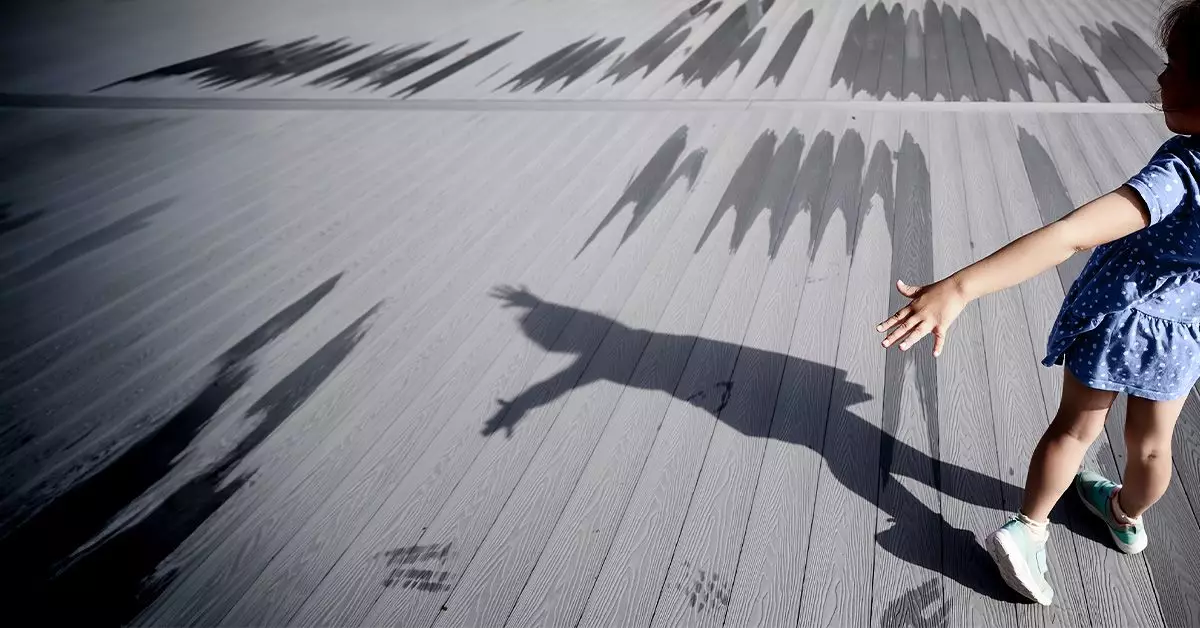Post-traumatic stress disorder (PTSD) is a complex mental health condition that can emerge after experiencing or witnessing a traumatic event. While it is often associated with war veterans and referred to historically as “shell shock” or “combat fatigue,” PTSD does not discriminate by age. Children, like adults, can suffer from this debilitating disorder, experiencing a range of symptoms that can significantly affect their daily lives. Importantly, PTSD can arise not only from violent events or natural disasters but also from emotional trauma, making it vital to understand its manifestations in children.
Children might exhibit sleep disturbances, emotional withdrawal, heightened anxiety, and behavioral changes after experiencing trauma. These symptoms vary widely; they might include nightmares, frequent crying, or a pervasive sense of distress. These signs indicate that a child may be struggling to process their experiences. Early recognition of these symptoms is crucial for effective intervention, as persistent distress can hinder normal development and emotional regulation.
According to guidelines from institutions like the Centers for Disease Control and Prevention (CDC), a child may be diagnosed with PTSD if they display specific symptoms for over a month following a traumatic incident. It is essential to note that a single symptom does not confirm PTSD; a thorough assessment of the child’s emotional state, behavior, and overall functioning is necessary for an accurate diagnosis. Symptoms might impede a child’s ability to engage in everyday activities, such as school or social interactions, resulting in a profound impact on their overall quality of life.
Victims of acute stress may show signs of avoidance, such as not wanting to discuss the traumatic event or withdrawing from previously enjoyable activities. Moreover, disruptions in sleep patterns and frequent irritability can also be indicators of PTSD. Parents and caretakers must remain observant, understanding that these behaviors may signal deeper psychological issues rather than mere misbehavior or typical childhood development challenges.
Not all children exposed to trauma develop PTSD; several factors may influence the likelihood of this condition manifesting. Research suggests that children with a lack of familial support, those who are female, or children who experienced severe or repeated traumas are at a heightened risk. Moreover, the proximity to the traumatic event can also correlate with the severity of symptoms. For example, children who experience violence, suffer a significant loss, or endure natural disasters may be more predisposed to developing PTSD than those with less direct exposure.
Additionally, the emotional response of parents during the traumatic event can also play a role. If caregivers are visibly distressed, children may internalize that fear, exacerbating their symptoms. Thus, it is imperative for parents and guardians to navigate their emotional health sensitively while supporting their children through recovery.
A structured diagnosis from a qualified mental health professional typically involves a clinical interview, often using standardized tools like the Clinically Administered PTSD Scale for Children (CAPS-CA-5). This diagnostic process allows clinicians to assess symptoms while considering the child’s developmental context. An accurate diagnosis is vital because mislabeling symptoms—such as confusing them with ADHD—can lead to inappropriate treatment approaches.
While psychotherapy remains the cornerstone of PTSD treatment in children, particularly approaches tailored to the developmental needs of younger populations, medication usage can be a supplementary solution. Psychotropics may be prescribed to manage acute symptoms, yet they are not always as effective as therapy. Treatment should aim to stabilize the child’s emotional state enough to enable them to engage fully in therapeutic interventions.
For parents and caregivers, creating a nurturing and supportive environment is fundamental when helping a child battle PTSD. Emphasizing safety, engagement, and predictable routines are essential steps in building resilience. Encouraging open communication can foster trust, allowing children to articulate their fears and concerns freely.
Support from family, friends, and educational institutions also plays a critical role in recovery. The identification and management of triggers are vital in avoiding potential re-traumatization. Moreover, teaching relaxation techniques—such as deep-breathing exercises—can provide children with tools to manage anxiety independently.
Additionally, caregivers may find it useful to work closely with mental health professionals to develop tailored strategies for their child’s specific needs, ensuring that they are set on a path toward healing and recovery.
PTSD is a challenging condition for children that can lead to significant emotional and behavioral difficulties following trauma. Understanding the symptoms, recognizing the impact of traumatic events, and fostering a stable support system can significantly help in mitigating the effects of this disorder. Through appropriate diagnosis and treatment, as well as supportive familial and community engagement, children can find pathways to recovery and lead fulfilling lives. Early intervention remains key, so vigilance from parents and caregivers can make a substantial difference in a child’s mental health journey.

